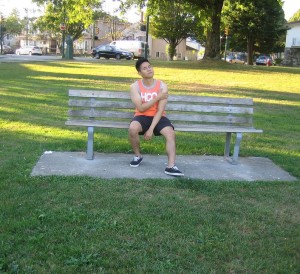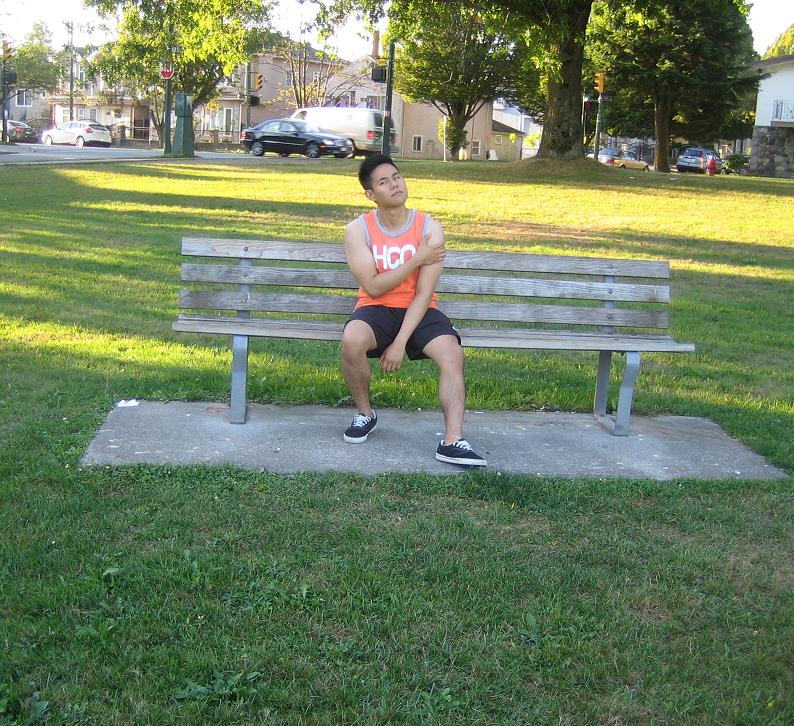A dislocated shoulder is a common injury where the upper arm bone moves out of the cup-shaped hole of the shoulder blade. The shoulder joint is most susceptible joint to injury particularly dislocation. The shoulder can be dislocated backward, forward or downward and partially or completely, but it usually occurs on the front area of the shoulder. Oftentimes, the fibrous tissues that connects the bones of the shoulder can become stretched or torn and result to complications.
Symptoms of a dislocated shoulder
- Swelling and bruising of the affected area
- There is deformity of the shoulder or it appears out of place
- Severe pain in the affected area
- Limited mobility of the joint
- Numbness, weakness or tingling sensation felt near the affected area such as in the neck or down the arm.
- Spasms of the shoulder
Causes

- Severe rotation of the shoulder joint can cause the upper arm bone to pop out of the shoulder socket.
- Injuries from sports such as hockey or football as well as sports that increases the risk for falls such as gymnastics and downhill skiing.
- A hard blow to the shoulder during a vehicular accident.
- Shoulder can dislocate during falls from a ladder or tripping on loose rug or carpet.
Treatment
- Take plenty of rest especially the affected shoulder. Avoid repeating the specific activity that causes the shoulder to dislocate and avoid movements that triggers pain.
- Minimize lifting of heavy objects or overhead movements until the condition totally heals.
- Apply an ice pack and warm compress on the affected area. You can utilize an ice pack or bag of frozen vegetables that is wrapped with a towel and place it on the area for at least 15-20 minutes at a time. Ice works by reducing the inflammation and pain. After 2-3 days when the inflammation and pain is minimized, apply heat using a warm compress or heating pad to relax the tight and sore muscles. Apply heat on the area for at least 20 minutes at a time.
- Wear a shoulder wrap and sling to rest the affected shoulder and prevent unnecessary movements for fast healing.
- Take the prescribed over-the-counter pain medications such as aspirin, ibuprofen, naproxen sodium or acetaminophen to lessen the pain.
- Maintain the range of motion of the shoulder by performing gentle exercises with the help of the physical therapist. Avoid inactivity to prevent stiffness of the joints and sometimes can result to frozen shoulders which is a condition where the shoulder becomes very stiff and there is difficulty moving the affected area.
- Perform regular stretches for the shoulder and strengthening and stability exercises to prevent recurrence of the condition.
FACT CHECK
https://orthoinfo.aaos.org/en/diseases–conditions/dislocated-shoulder/
https://www.webmd.com/fitness-exercise/dislocated-separated-shoulder#1
https://www.mayoclinic.org/diseases-conditions/dislocated-shoulder/symptoms-causes/syc-20371715
